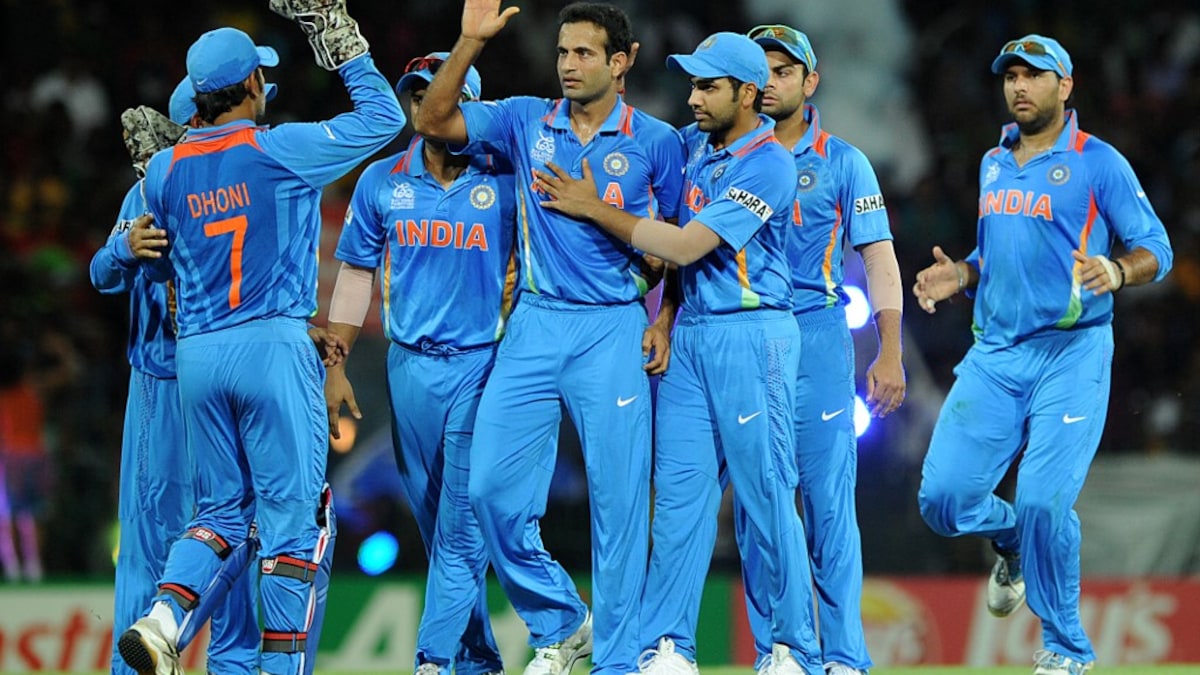Northern India is set to receive its first heavy snowfall and rain this winter, with three consecutive western disturbances set to affect the region this week. According to the India Meteorological Department (IMD), these systems will bring widespread heavy snowfall to Jammu and Kashmir and Himachal Pradesh till January 4 and scattered rainfall in the plains.
Rains started falling in Jammu and Kashmir on Monday, which is good news for the western Himalayan region, which has been largely snow-free this winter. This winter has seen significantly fewer disturbances across the West, and it’s also been an El Niño year. Typically, the region is affected by 5 to 7 western disturbances between December and January. However, this time they were only 1-2 and very weak. Most of the hill stations remained dry throughout December and January, raising concerns about water shortage.
However, the coming period is expected to reduce the deficit to some extent. Apart from higher areas, the plains of northwest India – parts of Punjab, Haryana and Delhi – are also expected to receive scattered rainfall in the coming week.
AK Singh, senior scientist at IMD, said: “We expect heavy rainfall around January 29 to February 4. The rainfall intensity is likely to increase in the coming days.” IMD also issued a report of heavy snowfall in Jammu and Kashmir on January 31/ Orange alert for rainfall.
The end of the longest period of fog
The rain will also reduce the intensity of the dense fog that blanketed the region for much of January, one of the longest periods of fog in the region. Dense fog has been present over the plains of northwestern India since December 25. The intensity and duration of the dense fog reached maximum on January 14, when visibility dropped to zero across the plains of North India from Amritsar to Dibrugarh, Haryana, Delhi, Uttar Pradesh and Bihar .
According to IMD, the foggy weather is likely to continue for two more days in parts of Delhi, Uttar Pradesh and Bihar, Rajasthan and Punjab, and then weaken.
With no cold snap expected this week, people are also expected to get some relief from the bitter cold. However, “cold days” are likely to persist in parts of Uttar Pradesh and Bihar. A cold wave is declared when the minimum temperature is at least 4.5 to 6.5°C lower than normal. If it lasts for a long time in plain areas, it may cause damage to health.
The minimum temperature will rise by 2-4℃ and there will be no cold wave this week
In the past few days, the lowest temperature in the northwest plain has continued to hover between 7°C and 10°C, and the highest temperature has remained around 11°C to 13°C. According to the IMD, night temperatures are likely to rise by 2-4°C in many parts of northwest and central India over the next four days.
This winter, the capital has basically remained dry with no rain. Scattered showers or drizzle may also occur around January 31 and February 3 to 4, with cloudy skies and accelerated surface winds. According to meteorologists, this may provide some relief from the intense, dry and cold weather conditions the region has experienced over the past week, with thick fog making visibility worse.
Delhi’s Palam and Safdarjung observatories recorded daytime temperatures of around 18°C on Sunday, while night temperatures plummeted to 6°C, both about 2-3°C below normal.
Follow us on Google news ,Twitter , and Join Whatsapp Group of thelocalreport.in
















